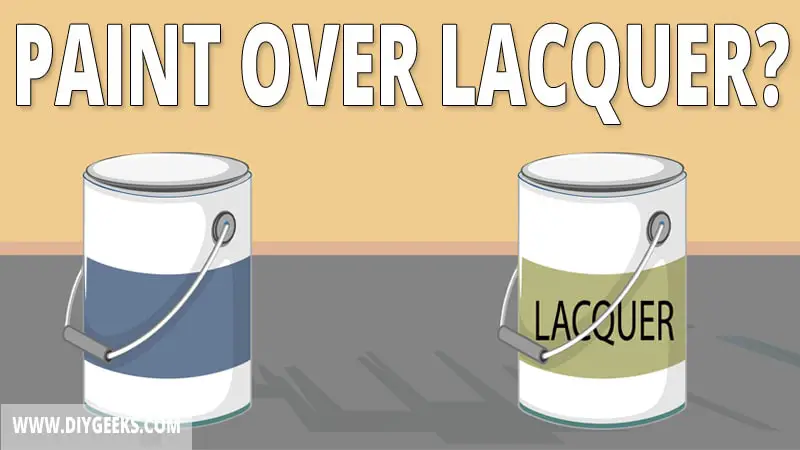You can paint over the lacquer finish with all paint types if you sand or prime the lacquer finish first.
To paint over lacquer, find the existing lacquer type, sand the finish, remove the dust, apply primer, and apply paint.
You can apply all sealers types over a lacquer finish as sealers are topical finishes and don’t need to penetrate a surface or finish to adhere.
Which Paint Types Can You Apply Over Lacquer?
The paint types you can use over lacquer are listed below.
- Water-based Paints: You can apply water-based paints over lacquer as they are designed to adhere to different surfaces. But, you must sand the lacquer finish first.
- Mineral Paint: You can apply mineral paint over lacquer sealer as the paint has mineral binders and adheres to different surfaces. You don’t need to sand or primer lacquer before applying mineral paint as the paint is self-leveling.
- Oil-based Paints: You can apply oil-based paints over the lacquer if you sand or prime the lacquer finish first.
Can You Paint Over Lacquer Without Sanding?
You can paint over lacquer without sanding if you apply a primer. The primer covers the moisture-resistant lacquer finish and provides a smooth layer over it that paint can penetrate and adhere to.
You can’t paint over lacquer without sanding or priming, as lacquer creates a moisture-resistant coating that prevents paint penetration or adhesion.
Sanding removes the lacquer moisture-resistant coating and creates tiny pores (holes) that the new paint can penetrate and adhere to.
You don’t need to sand or prime a lacquer finish if you apply a sealer coating over it. Sealers are topical finishes that don’t need to penetrate a finish to adhere.
How To Paint Over Lacquer?
To paint over lacquer, do the following things.
- Find the Existing Lacquer Finish Type.
- Sand the Finish.
- Remove Dust.
- Apply Primer.
- Apply Paint.
The tools you need for this project are listed below.
- Rags
- Sandpaper
- Paintbrushes
- A soft brush
- Primer
- Mineral spirit
- Latex or enamel paint.
1. Find the Existing Lacquer Finish Type
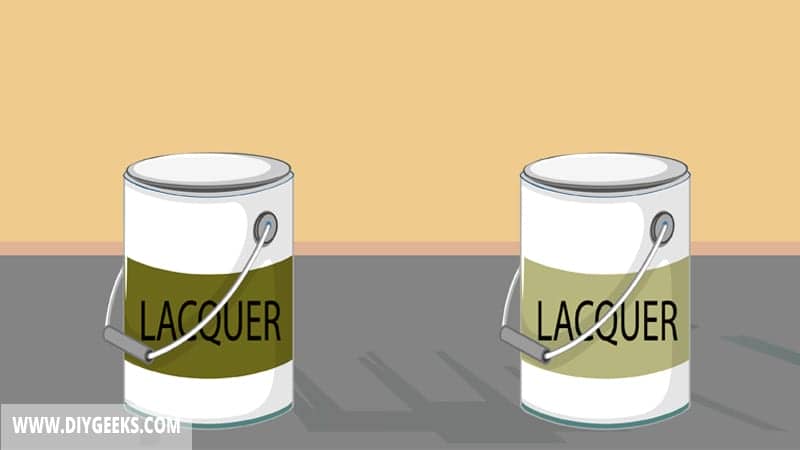
Find if the existing lacquer finish is catalyzed or ordinary by damping a rag with mineral spirits (or lacquer thinner) and wiping the finish. The finish is ordinary lacquer if it comes off, and if it doesn’t come off it’s catalyzed lacquer.
2. Sand the Finish
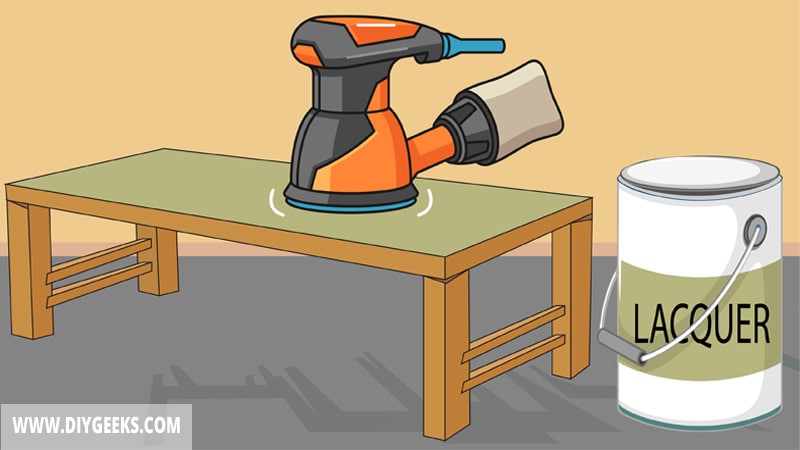
Sand the lacquer finish with medium-grit sandpaper (100-grit) before painting over it. The sandpaper removes the lacquer’s glossy and moisture-resistant coating and creates tiny pores (holes) that the paint can penetrate or adhere to.
Sanding removes surface and finish imperfections and bumps, and makes the surface paint-ready immediately.
3. Remove the Dust
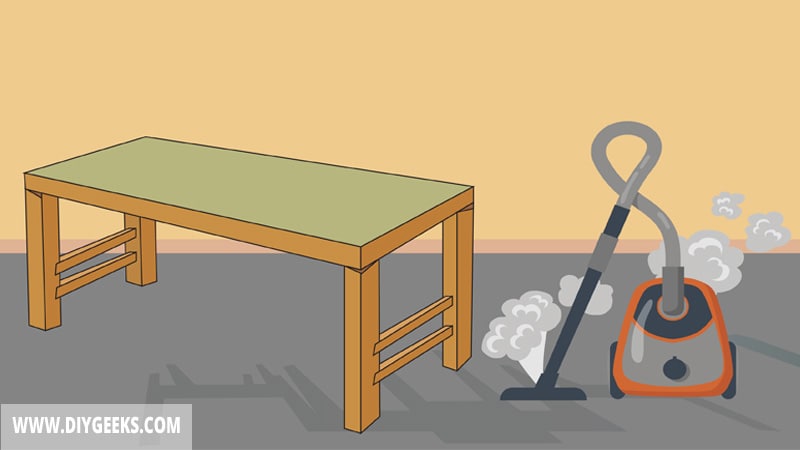
After sanding, clean the surface to remove the dust. If you don’t remove it, dust will prevent the new paint from penetrating or adhering properly and can create bumps in the paint finish.
To clean the surface after sanding, use a vacuum, a brush, or a slightly damped rag to wipe the dust off.
4. Apply Primer
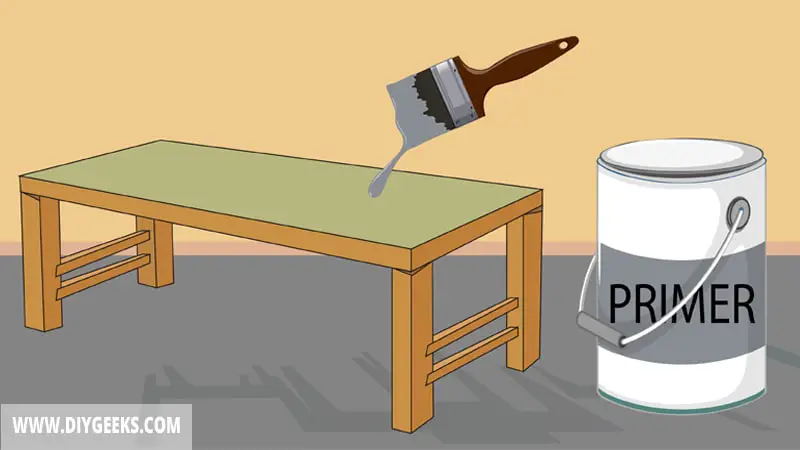
A primer coating covers the lacquer finish and surface imperfections, and creates a smooth layer for the new paint to penetrate and adhere to.
Applying a primer is optional as it covers the wood grain too and can make the finish thicker. However, if you are changing the finish color shade, applying a primer is necessary as it reduces the paint coats you must apply.
The primer you use must be compatible with the paint you will use. So, use oil-based primer for oil-based paints, and water-based primer for water-based paints.
Apply one (1) primer coat over the finish with a brush or sprayer and wait for it to dry.
5. Apply Paint
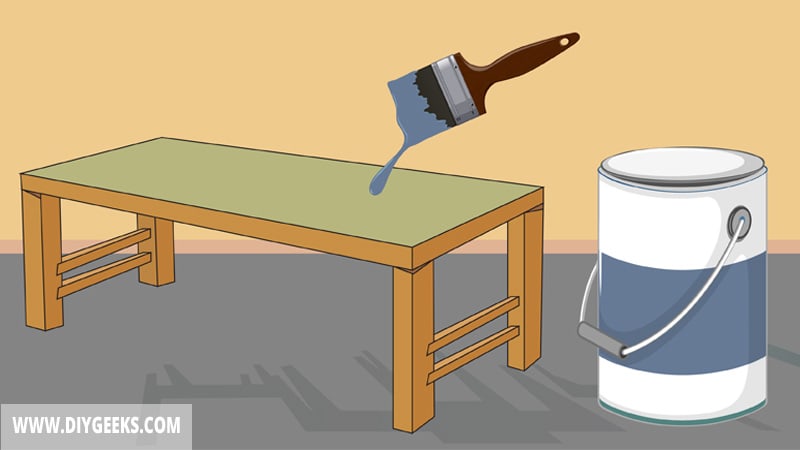
Apply 2-3 paint coats over the lacquer finish with a paint sprayer, brush, or roller. The exact number of paint coats depends on how thick the existing lacquer finish is and whether you use a primer coating or not.
Wait until one coat dries before applying the next one. The paint dry time depends on the paint and surface type.
Once the final paint coating cures, seal the finish with polyurethane, varnish, or lacquer.
Which Sealer Types Can You Apply Over Lacquer?
You can apply all sealer types over lacquer. Sealers are topical finishes that don’t need to penetrate a surface or finish to adhere — they are designed to be topcoats and will adhere over a glossy or moisture-resistant coating.
However, a lacquer finish is durable and moisture-resistant enough and doesn’t need a sealer or topcoat to increase its durability. If you want to touch up a lacquer finish, use a new lacquer coating instead of using a different sealer.
